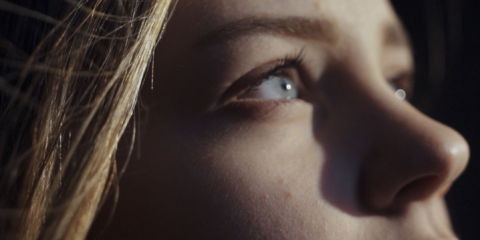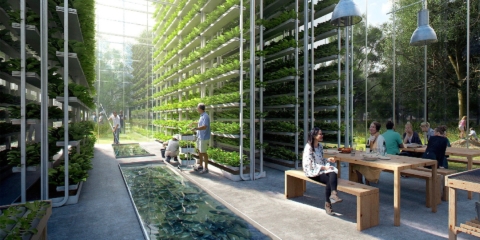Would you like to get notifications from Christian?
Imagine a world where you could subtitle real-life conversations and never miss a single word again. Indeed, this revolutionary technology is here to change the way we communicate, offering a new level of accessibility for the deaf and hard-of-hearing community.
Firstly, this groundbreaking invention uses augmented reality (AR) technology and a specially designed app called XRAI. By wearing high-tech glasses equipped with a microphone, users can connect their glasses to their mobile phones. In turn, the phones process and generate closed captions from an audio feed. Subsequently, these captions are projected into the real world through the glasses using Nreal software, allowing the wearer to see conversations happening around them.

Transform Your World with Subtitles close
Moreover, subtitle real-life technology has the potential to disrupt the way we communicate and interact with one another. Specifically, for the deaf and hard-of-hearing community, it offers the opportunity to participate in real-time conversations without relying on sign language or face-to-face interaction. Consequently, by breaking down communication barriers, this technology can help people feel more included in their social and professional lives.
Furthermore, there are countless opportunities for this technology to make a significant impact on people’s lives. It can transform everyday situations, like going for a walk or making dinner, while maintaining a conversation without missing a single word. Additionally, the possibilities for this technology to be used in educational settings, business meetings, and public events are endless. It can also help individuals with hearing loss better engage with their surroundings, improving their overall quality of life.
However, as with any new technology, there are some challenges that need to be addressed. For instance, the current subtitle real-life technology, based on Amazon’s Alexa transcription service, struggles with group conversations and requires a reasonably quiet environment to be as accurate as possible. Additionally, privacy concerns have been raised, as the conversations are processed through Amazon’s servers. Nonetheless, XRAI’s founder, Dan Scarfe, has assured users that conversation data will only be stored on their devices, not in the cloud.
Despite the challenges, subtitle real-life technology has the potential to change the way we communicate and interact with each other, promoting inclusivity and accessibility for the deaf and hard-of-hearing community. By embracing this new technology, we can help create a world where no one is left behind or excluded from conversations.
Lastly, as we continue to develop and improve this groundbreaking technology, we can look forward to a future where everyone can participate fully in the world around them. Subtitle real-life technology is here to revolutionize the way we communicate, fostering a more inclusive and connected society.
Social media hashtags:
#SubtitleRealLife #AccessibleTech #InclusiveCommunication
Author: Christian Kromme
First Appeared On: Disruptive Inspiration Daily
Do you want more of this kind of content? Subscribe to my ‘Disruptive Inspiration Daily’ newsletter. Do you find this content inspiring? Give it a ‘like’ or share the article with your network. This will help you and your network have a relevant timeline.
View the most booked keynotes: Digital & Human, The Future of AI, and developing The AI Mindset.


Christian is a futurist and trendwatcher who speaks about the impact of exponential technologies like AI on organizations, people, and talents. Christian tailors his presentations to your audience’s specific industries and needs.




Embracing the advancements of technology and AI can enhance our humanity. We can focus on developing our unique talents and skills by automating mundane tasks and freeing up our time. As humans, we can adapt and learn, allowing us to evolve and stay relevant in a rapidly changing world constantly.


Organizations will need to be more fluid, dynamic, and adaptable: the ability to change and adjust in response to new situations and environments. We are on the cusp of a new era of organizations, ones that are more fluid and agile and which behave like swarms we see in nature.




In the future, 3D printing and generative design will allow for products to be designed in a more decentralized manner, and production will take place closer to the customer and fully on-demand. 3D printing technology will also allow for more customization and personalization of products.


The agricultural industry is ripe for disruption. Robotics, AI, and IoT are all technologies that have the potential to radically transform the way we grow food. In combination with vertical farming, these technologies could increase the efficiency and quality of agricultural products.

A human-centered society is one that puts people first and where technology is used to unite and empower people. It is a society that values biological life and dignity above all else. It is a society that recognizes the importance of human relationships and works to strengthen them. In a human-centered society, all members of the community are valued and treated with respect.


The future of healthcare is here. New technologies like AI, IoT, big data, and smart sensors make it possible to become the CEO of your own health. Imagine that your phone can listen to your voice and AI algorithms can detect small nuances in the tone of your voice that indicate specific diseases.
